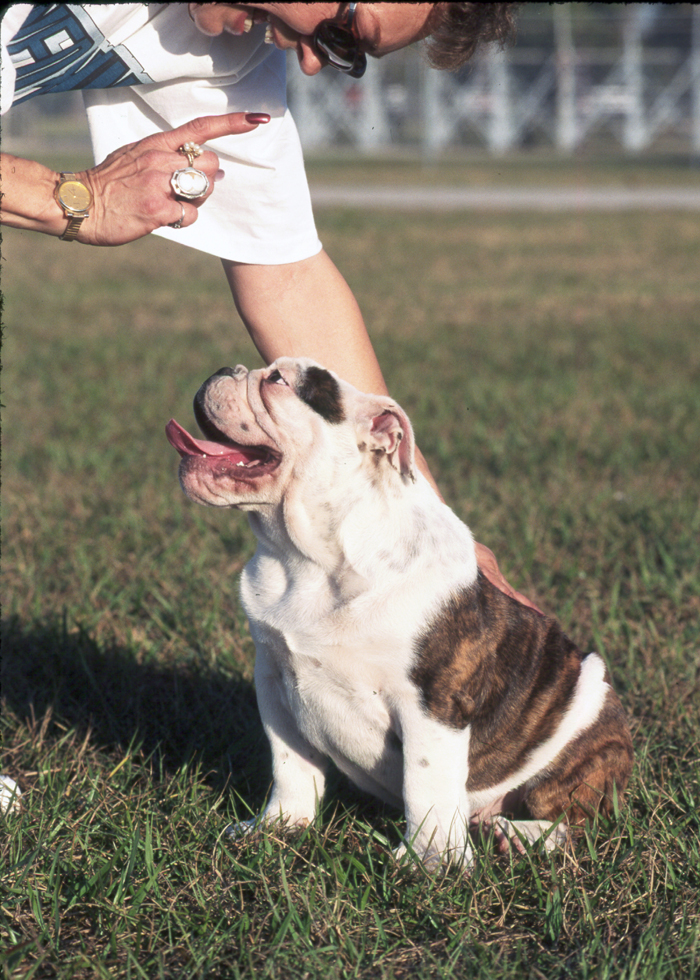Understanding Your Dog's Training, One Treat at a Time (Op-Ed)


Mary Burch is a certified applied animal behaviorist — receiving her Ph.D. at Florida State University in 1982 —is a board-certified behavior analyst, and is director of the American Kennel Club's (AKC) Canine Good Citizen program. She contributed this article to LiveScience's Expert Voices: Op-Ed & Insights.
In my experience as an animal behaviorist, many dog owners have approached me with questions specifically relating to their pets' fears. "Charlie is petrified of our vacuum cleaner," or "Max won't walk down the sidewalk if the garbage truck is approaching." I tell them that a few simple lessons and better understanding of the historic theories of Pavlov, otherwise known as classical conditioning, can be the difference in comprehending your dog's behavior and managing problems before they ever occur.
Understanding conditioning and your dog's behavior
Modern theories of behavior began with the work of Russian physiologist Ivan Pavlov, who was awarded the Nobel Prize in Physiology or Medicine in 1904 for his work. In the course of studying digestion in dogs, Pavlov observed that dogs would salivate before he placed food in their mouths. To test the theory that dogs were associating the sound of the door opening with getting food, he introduced the sound of a metronome just before feeding the dogs. Before long, the sound of the metronome without food present caused the dogs to salivate.
Salivation is a reflex, and with proper timing, pairing an event with a neutral stimulus can result in a conditioned reflex. The development of such reflexes is called classical conditioning, respondent conditioning or Pavlovian conditioning. Pavlov's theories explain why your dog might drool on your clean kitchen floor as soon as his food dish is rattled or when he sees the food container being carried to his feeding area.
What does this have to do with my dog?
Classical conditioning relates to your dog in two ways: positive and negative events. On the negative side, if your puppy experiences pain and associates the pain with a particular object, your pup may develop a fear of that object. For example:
Get the world’s most fascinating discoveries delivered straight to your inbox.
Honey was a 6-month-old cocker spaniel puppy. Hoping that she would someday become a therapy dog, Honey's owner took the dog to meet a person in a wheelchair. Without warning, the person quickly moved the chair, unaware of how close Honey's paws were to the wheels. Honey yelped in pain, and from then on, she wanted no part of being anywhere near a wheelchair. The wheelchair that was once a neutral stimulus caused Honey to react with panic when she saw it. Her respiration and heart rates increased in the presence of any wheelchair.
The physiological changes in heart rate and respiration were the respondent part of the conditioning. When Honey learned to avoid or "escape" wheelchairs, operant conditioning (learned behavior) had taken place.
How classical conditioning can benefit dog owners
As an example of classical conditioning related to a positive experience, if Honey had not developed a fear of wheelchairs and they were a neutral stimulus, Honey's owner could have reached into her treat bag and given Honey a preferred treat every time they were in the presence of a wheelchair. If Honey got to the point where she would salivate as a result of seeing a wheelchair, classical (respondent) conditioning had taken place.
Pairing the dog's favorite treat with the object while it is still a neutral stimulus — and before the dog becomes afraid — will result in a dog that has a positive reaction to the stimulus. Dog owners who understand both classical conditioning, and which situations and stimuli are likely to cause fear, can use the method to benefit their dogs.
The AKC's S.T.A.R. Puppy program is the perfect place to start teaching puppies that new people, places and things are nothing to fear. The basic-training series and test are open to all young dogs. By setting up experiences in training classes where puppies meet new people and other dogs, pups soon learn that meeting new friends — human or animal — is a good thing.
We designed the AKC's Canine Good Citizen program, a training series that typically follows the completion of S.T.A.R., to reward dogs that have good manners at home and in the community. Here, dogs are exposed to distractions such as loud noises and moving objects. Experienced Canine Good Citizen instructors found across the country can teach dog owners how to use classical conditioning to both address behavioral issues and prevent them.
The views expressed are those of the author and do not necessarily reflect the views of the publisher. This article was originally published on LiveScience.


